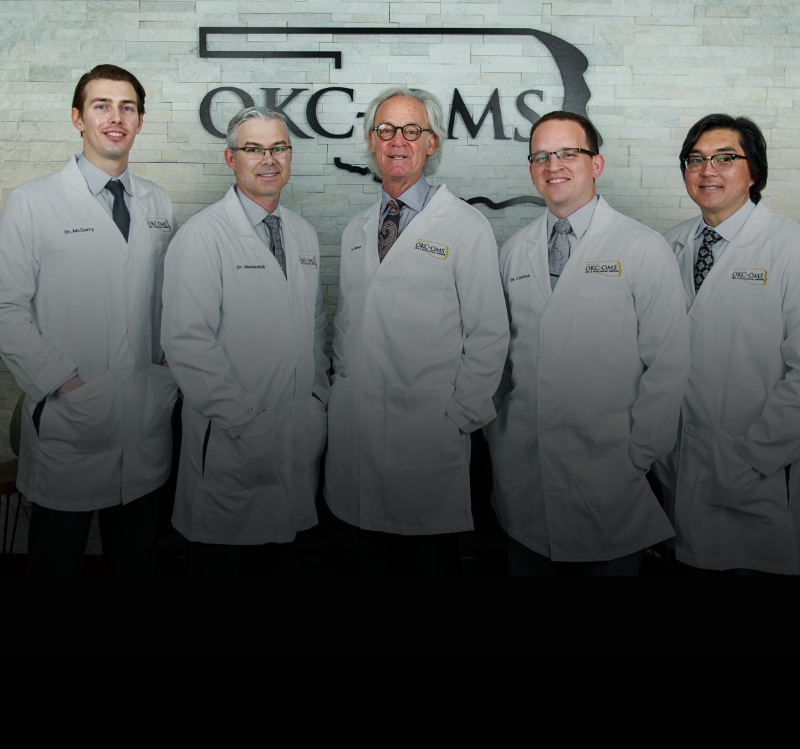A dental implant bone graft is a procedure that restores lost jawbone due to missing teeth, gum disease, trauma, or genetic defects. If you do not have enough bone to support your implants, your oral surgeon may recommend a bone graft. This common procedure uses natural or artificial grafting material to help your body rebuild bone. What are types of bone grafts for dental implants, and how do they work? Also, what can you expect with a bone graft procedure? We will explain.
Types of Dental Implant Bone Grafts
The four primary bone grafting procedures for dental implants include ridge augmentation, sinus lift, socket preservation, and nerve repositioning. Grafts can help you build healthy bone to support individual implants, an implant bridge, or an implant-supported denture. Also, building up your jawbone supports your facial muscles and can correct facial changes that occurred from bone loss.
If your oral surgeon recommends a bone graft, you are not alone. According to the May 2021 article, Bone Grafts and Substitutes in Dentistry, estimates show that up to 50 percent of all dental implant procedures will include bone grafts. But which technique will you need, and how does it work?
Socket Preservation
If a surgeon must remove a severely damaged or decayed tooth, the socket that held the tooth will be empty. Sometimes the bony socket walls are damaged. Also, the socket may expand, surrounding bone may shrink, and gum tissue can recede. Socket preservation places bone grafting material immediately after tooth removal. The procedure keeps gum tissue out of the socket so that slower-moving bone cells can grow. The graft restores the socket’s shape and prepares it for future tooth replacement with a dental implant.
Procedure
During socket preservation, a surgeon will do the following:
- Separate the gum tissue and socket by inserting a thin collagen membrane or another material
- Place bone graft material in the socket
- Cover the socket with gum tissue, tissue-stimulating proteins, or artificial membrane to encourage bone tissue growth
Healing time is about three months.
Ridge Augmentation
The alveolar ridge of your jawbone surrounds your tooth roots and holds their sockets. After tooth loss, the bone progressively shrinks. If you have experienced bone shrinkage, an oral surgeon may complete a ridge augmentation. The procedure ensures enough bone around the tooth socket to support dental implants.
Procedure
An oral surgeon may complete a ridge augmentation with these steps:
- Insert thin material between your gum tissue and the tooth socket
- Place bone graft material in the socket
- Use the gum tissue or a membrane to cover the socket
- Close the area with stitches
- Prepare the ridge for dental implant placement after it heals
Ridge augmentation can take three to four months of healing time.
Sinus Lift
The upper sinuses are air-filled spaces in the jawbone above your upper back teeth. Sometimes, tooth roots extend into the upper sinuses, and missing upper back teeth can cause the sinus cavity above the bone to expand and drop. Also, the bone shrinks whenever teeth are missing, and you may not have enough bone to support dental implants. A sinus lift, or sinus augmentation, raises the sinus membrane and places bone grafting material beneath it to stimulate bone growth for dental implants.
Procedure
Your oral surgeon may use this process for a sinus lift:
- Make a small incision to expose the jawbone
- Cut a small opening into the bone
- Lift the sinus membrane
- Fill the space beneath the membrane with bone grafting material
- Close the opening with stitches
Each patient’s case is unique, but bone healing time is four to six months—sometimes longer.
Nerve Repositioning
Nerve repositioning is a procedure on the lower jaw that moves the inferior alveolar nerve to make room for dental implants. The alveolar nerve supplies sensation to your lower teeth, lower lip, and chin. Although your oral surgeon will explore other options first, this procedure may be the only way to build enough bone for implants for some patients.
Procedure
Many surgeons complete the nerve repositioning procedure with these steps:
- Remove a small section from your outer lower jawbone
- Gently lift and move the nerve and vessels to the side
- Place the dental implant
- Release the nerve and vessels
- Fill the area with bone grafting material
- Close the area
After nerve repositioning, it may take three to six months for the alveolar nerve function to recover. Also, you can expect three to four months of healing time for the dental implants and your jawbone to integrate.
What Can You Expect with a Bone Graft Procedure?
Before recommending a bone graft, your oral surgeon will take a 3-D cone beam CT scan to measure your jawbone mass and volume. If you need grafting, it will be painless. Your surgeon will explain sedation options before the day of your procedure. Also, your surgeon will numb your mouth with local anesthesia before the bone graft.
After the procedure
- Follow post-surgery instructions for taking an over-the-counter or prescription pain reliever for a comfortable recovery at home.
- Take antibiotics that your surgeon may prescribe to combat infection.
- If you smoke, avoid it to promote healing.
- Expect the surgical site to heal in two to three weeks, but it takes several months for your graft to heal and grow.
After the area heals and your body builds up enough bone, it is time for your dental implants. While your jawbone locks your implants in place during the final healing phase, you can look forward to your final implant crowns or denture.






